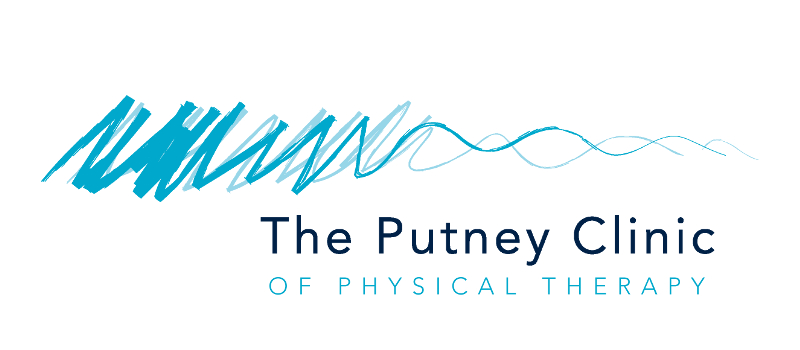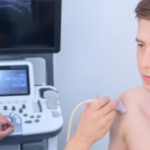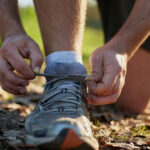For many people at this time of year, the tennis events at Queens, Eastbourne and Wimbledon motivate them to call their local tennis club to book a court and get playing. However, there is a chance that they may get injured in their exuberance. Worry not. Here we will discuss rotator cuff injuries, which is one of the most common tennis injuries.
What is the rotator cuff?
The rotator cuff consists of four muscles that wrap around the arm bone like the fingers on a gear stick. They help stabilise and control the fine movements of the shoulder. When injured, it can be difficult performing everyday tasks such as putting a jacket on, reaching over-head for a cup and the combing of hair. Not only can these movements be stiff, but they can also be acutely painful.
Types of rotator cuff injuries
The most common rotator cuff injuries are inflammation to the rotator cuff tendons and tearing of your muscles or tendons.
Rotator cuff tendinopathy
The tendons in your rotator cuff can become pinched against one of the other structures that make up your shoulder joint. This can cause your tendons to become inflamed, which is known as tendinopathy. Rotator cuff tendinopathy most often affects the tendons that pass through your subacromial space. When a tendon becomes trapped or squeezed, it’s known as rotator cuff impingement. Your subacromial bursa can also become inflamed. This condition is known as bursitis.
Rotator cuff tear
This is when one or more of the muscles and tendons that make up your rotator cuff tear. Tears can be either partial or full-thickness, and may be occur as a result of trauma or through overuse and wear over time.
Causes of rotator cuff injuries in tennis
The serve
The tennis serve is a complex movement in which the arm is arched over-head and backwards in a cocking action similar to a pitcher in baseball. From here, the arm is thrust forwards and across the body to execute the shot. The explosive movement requires adequate flexibility in the shoulder capsule and good strength in the muscles around the shoulder blade. If there is a lack of either, rotator cuff injury may ensue.
Treatment of rotator cuff injuries
If you are suffering from such symptoms, it’s important to stop playing tennis and seek help to address any tissue imbalance. Icing the painful area can help reduce any inflammation and is particularly important in the first 48 hours. Osteopathic treatment will focus on mobilising the shoulder blade, improving the flexibility of the shoulder capsule and strengthening the rotator cuff.
Appointments
If you are experiencing shoulder pain, make an appointment with one of our team of osteopaths and physiotherapists. Appointments can be made online or by calling us on 020 8789 3881.







